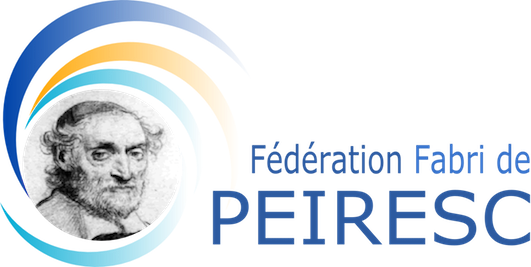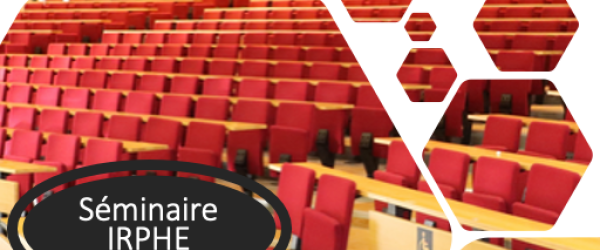Vendredi 13 juin à 11h00, salles des séminaires IRPHE
Anisotropic, active tissue deformation is a key process during animal development from egg cell to adult. However, from a physics perspective, such deformation of oriented active materials inherently exhibit instabilities, raising the question of how anisotropic tissue deformation can be robust during animal development. It is known that developing animals exhibit large-scale concentration gradients of proteins, called morphogen gradients, which are known to provide positional information to cells. We theoretically show that the presence of such a morphogen gradient can also stabilize the active anisotropic tissue deformation, but only if it acts to extend the tissue along the gradient direction ("gradient-extensile"). Conversely, tissues are unstable if they tend to actively contract along the gradient direction ("gradient-contractile"). Intriguingly, developing tissues seem to exclusively use the gradient-extensile and not the unstable gradient-contractile coupling. Our work thus points to a principle of multi-cellular morphogenesis that is directly rooted in active matter physics.
In the second part of my talk, I will discuss the elastic behavior of amorphous systems from a general theoretical perspective. It is known that whether a given system is rigid can be roughly determined by constraint counting, which compares the number of degrees of freedom within a system to the number of constraints. For instance, under-constrained systems are typically floppy. However, these under-constrained systems can be rigidified by the application of external strain, and we developed a generic analytical framework for predicting the elastic material properties of such systems both in the athermal (i.e. zero-temperature) limit and for thermal systems. These theories are independent of microscopic details, and they unify the physics of systems as diverse as polymer fibers & networks, membranes, vertex models for biological tissues, and colloidal gels.

